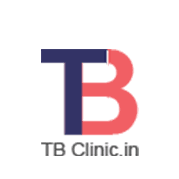-
Cough with thick, cloudy sputum (sometimes haemoptysis) from lungs for more than 2 weeks
-
Night sweating, Chills and Fever
-
Fatigue; Unexplained weakness and tiredness
Shortness of breath and chest pain
-
No symptoms in almost 25% patients infected with TB
